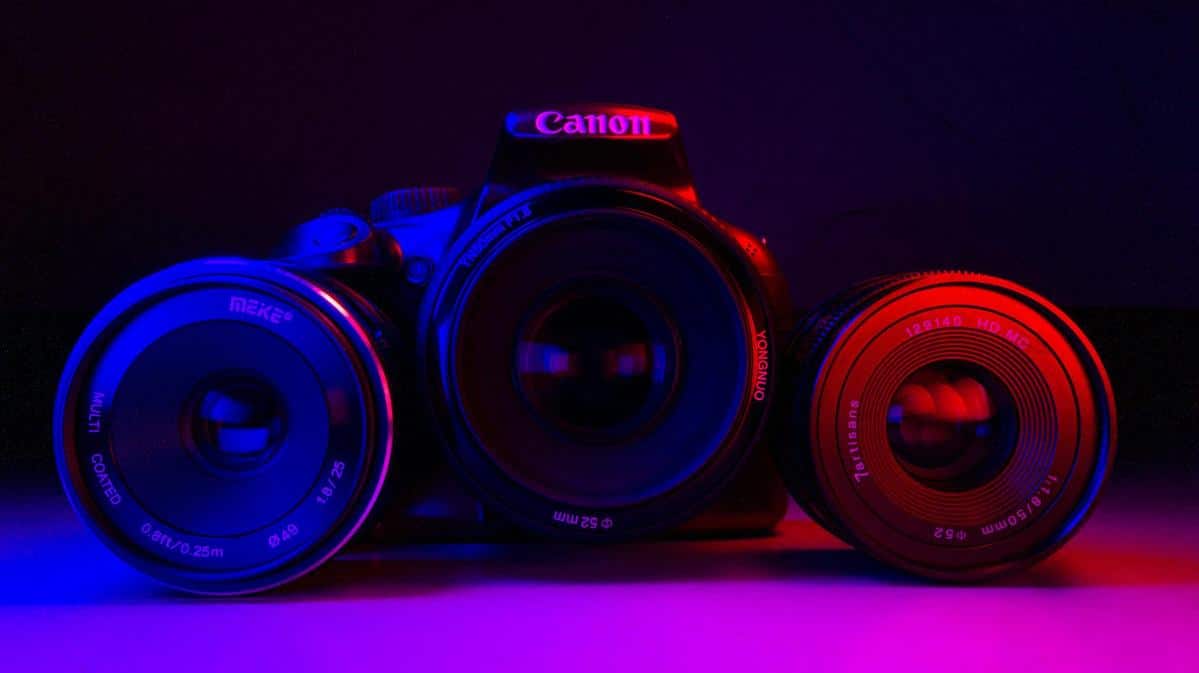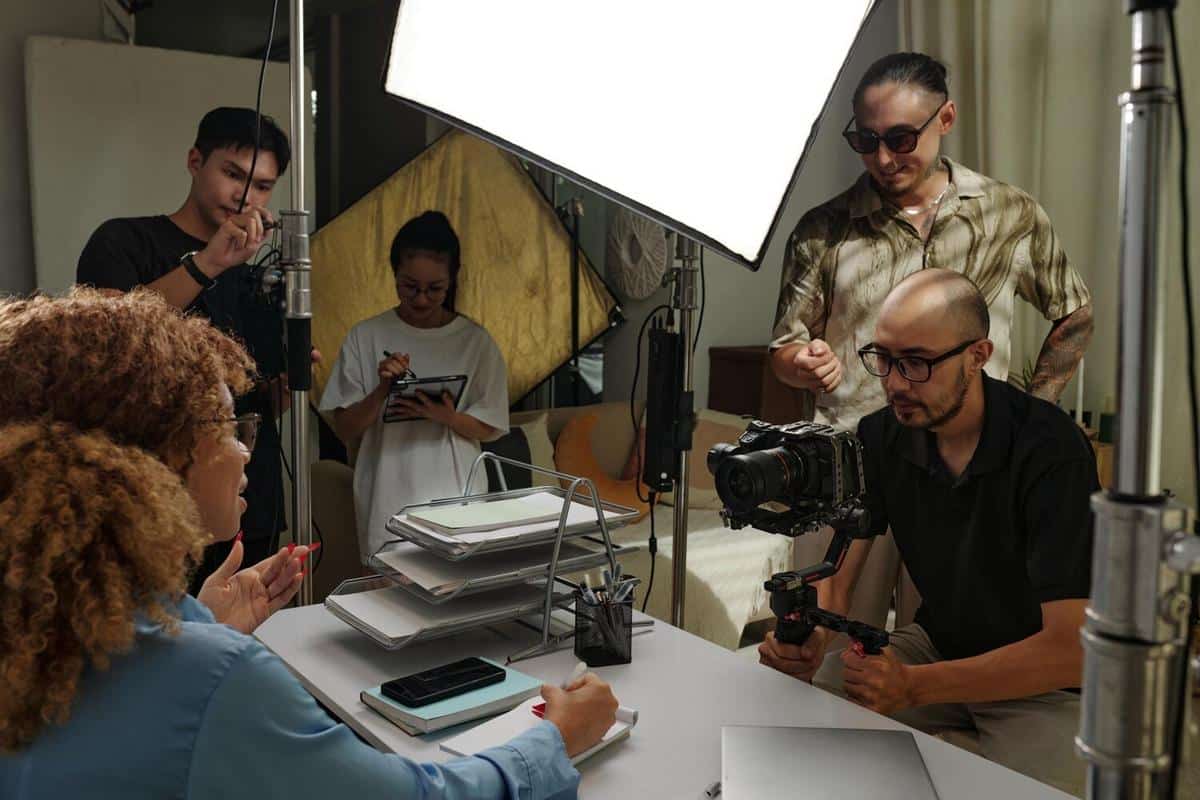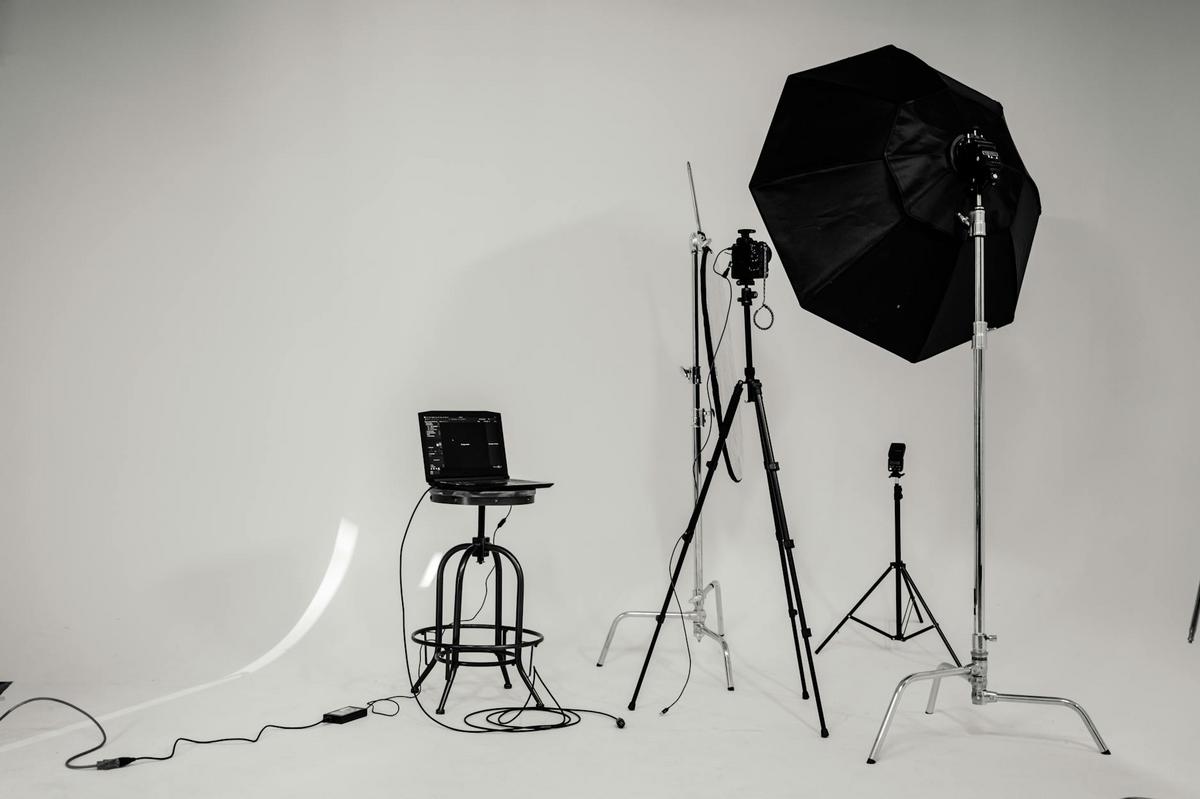
How to Choose the Right Lens for Your Photography Style
Selecting the right lens can transform your photography, allowing you to capture the world with clarity and creativity. Whether you’re a budding enthusiast or a seasoned professional, understanding how to match a lens to your photography style is crucial.
Understanding Your Photography Style
Before diving into lens specifications, it’s important to identify your photography style. Are you drawn to landscapes, portraits, wildlife, or macro photography? Each genre requires different lens characteristics to achieve optimal results.
Expert Insights
Professional photographer and educator David Peterson suggests, “Understanding your subject is key. A lens that works for wildlife might not be ideal for portraits.” This insight highlights the importance of aligning your lens choice with your subject matter.
Lens Types and Their Uses
| Lens Type | Ideal For | Features |
|---|---|---|
| Wide-Angle | Landscapes | Expansive view, excellent for large scenes |
| Standard | Portraits | Natural perspective, versatile use |
| Telephoto | Wildlife | Long-range, captures distant subjects |
| Macro | Close-ups | Detailed shots of small objects |
| Fisheye | Creative | Distinctive distortion, unique perspectives |
| Zoom | Versatile | Variable focal lengths, flexible |
| Prime | Quality | Fixed focal length, sharp images |
| Super Telephoto | Sports | Captures action from afar |
Decoding Lens Specifications
Understanding lens specs can be daunting. Aperture, focal length, and image stabilization are key factors. For example, a lens with a wide aperture allows for better low-light performance and the ability to create beautiful background bokeh.
Personal Experience
For a personal touch, consider my journey: transitioning from a standard lens to a macro lens opened up a world of intricate details, enhancing my appreciation for the small wonders of nature.
Actionable Tips
- Test different lenses before purchasing. Many photography stores offer rental options.
- Consider your budget, but remember that a good lens is a long-term investment.
- Read reviews from other photographers in your style to gain insights.
Frequently Asked Questions
How do I choose a lens for low-light conditions?
Look for lenses with a wide aperture, such as f/1.8 or f/2.8, which allow more light to hit the sensor.
What is the difference between prime and zoom lenses?
Prime lenses have a fixed focal length, offering superior image quality, while zoom lenses provide flexibility with variable focal lengths.
Conclusion
Choosing the right lens is a pivotal step in your photographic journey. By understanding your style, exploring different lens options, and considering expert advice, you can enhance your art and capture images that resonate with your vision. Take the time to experiment and find the lens that complements your unique perspective.


